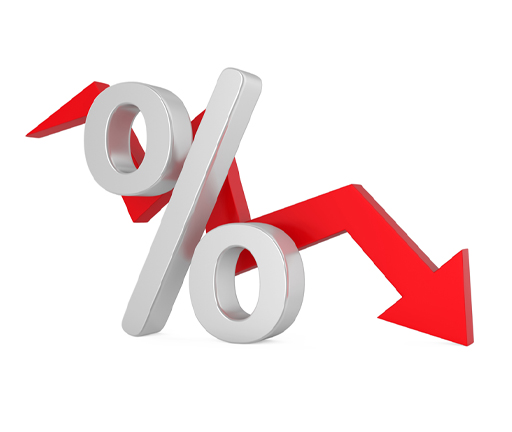5 The savings supermarket: Understanding interest and tax
A short, but important, interlude now that explains how interest earnings are taxed. This will help you when deciding whether or not you need to opt for a cash ISA when looking for a home for your savings.
The financial services industry is required to show interest rates on all savings products in a way that enables them to be easily compared. As you know from earlier in this course, interest rates on debt products are expressed as the Annual Percentage Rate (APR). For savings products the comparable rate is called the Annual Equivalent Rate (AER). The AER is the annual interest rate that savers receive, taking into account when and how often interest is actually paid (for instance, annually or monthly).
A few things to note about the accounts mentioned:
- The interest on both variable and fixed-rate accounts is normally paid to you either annually or monthly – sometimes you get a choice, sometimes you don’t.
- Products can offer varying arrangements for where the interest is paid. Commonly interest earned is simply added to the balance of your account, but you may be able to request that it is paid instead into your bank account so that you can spend it.
The Personal Savings Allowance – and why it’s important
Another brief interlude here, which will help explain how much of the interest you’d get in the accounts mentioned is taxed, which will help you make a decision about whether to plump for a cash ISA or not (explained in a minute).
Under the Personal Savings Allowance, basic-rate (20%) income taxpayers can, in 2024/25, earn £1,000 in interest tax-free in standard savings accounts. For higher-rate taxpayers (40%) the allowance is £500, while top-rate payers (45%) don’t get a tax-free allowance.
So, even given the increase in savings rates since 2021 a substantial volume of savings can still be held outside ISA accounts without any income tax becoming due. In 2019 it was estimated that 95% of savers did not pay any tax on their savings. This helps to explain why cash ISAs have lost some of their shine. However, as interest rates have risen over the past few years, more people with larger savings have been exceeding their Personal Savings Allowance, making ISAs worth considering again for some people.
Activity 5 Monthly or annual interest?
On many savings products you are given the choice about when you receive interest. This is most commonly a choice between receiving interest annually or monthly.
But if you opt for monthly, the stated interest rate paid (called the gross rate) is always slightly less than the annual equivalent rate (AER) – for example, a 1.29% rate if paid monthly or 1.3% annually. Why is this?
Answer
If interest is paid annually then the gross rate and AER should be the same, as there’s no interest compounding.
Yet when interest is paid monthly, then the gross rate given is usually a bit less than the AER rate. This is because if the monthly interest was left in the account, then there would be interest on the interest too. The AER makes sure this is included.
For an identical account, if interest is paid monthly it would be a 1.29% gross rate, but if interest was paid annually it would be 1.3% gross. Leave the money there over a year, though, and both would receive the same amount, as the AER for both is 1.3%.

